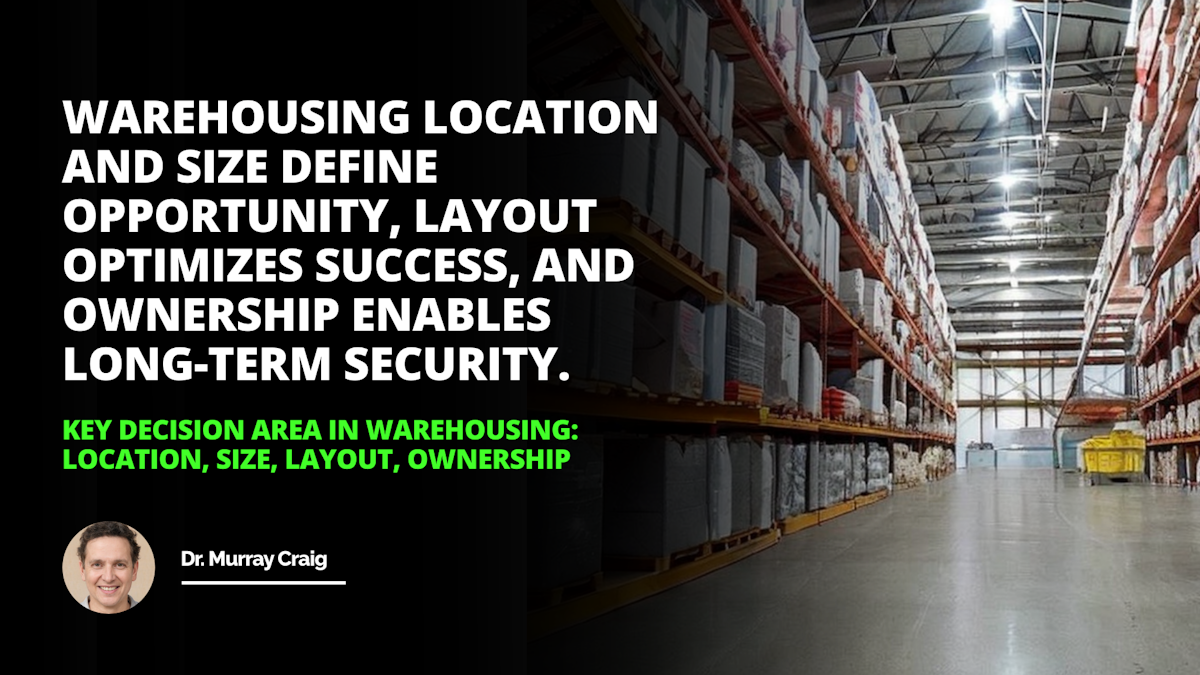Efficient Operations: Optimizing Warehouse Access with Time Constraints. Improve warehouse productivity with smart time management strategies.
In the fast-paced world of logistics and supply chain management, optimizing warehouse operations is crucial for meeting customer demands and maximizing efficiency. One key aspect that significantly impacts warehouse performance is the management of time constraints in accessing goods and materials. By implementing smart strategies to streamline warehouse access within time constraints, businesses can enhance productivity, reduce delays, and improve overall operational effectiveness.
The Importance of Efficient Warehouse Operations
Warehouse operations serve as the backbone of any successful supply chain, playing a vital role in inventory management, order fulfillment, and distribution. In an era where speed and accuracy are paramount, optimizing warehouse processes is essential for meeting customer expectations and staying competitive in the market. Efficient operations not only drive cost savings but also contribute to improved customer satisfaction and business growth.
Understanding Time Constraints in Warehouse Access
Time constraints in warehouse access refer to the limitations placed on the time taken to retrieve, store, or move goods within the facility. These constraints can arise due to various factors, including tight delivery schedules, limited storage capacity, high demand fluctuations, and the need for rapid order processing. Managing these time constraints effectively is key to preventing bottlenecks, minimizing downtime, and ensuring smooth operations.
Smart Strategies for Optimizing Warehouse Access
- Strategic Slotting: Implementing a strategic slotting system based on demand patterns, product characteristics, and order frequencies can reduce picking and retrieval times, optimizing warehouse access.
- Dynamic Routing: Utilizing dynamic routing algorithms and software solutions can help warehouse staff navigate efficiently through the facility, minimizing travel time and improving overall workflow.
- Automated Systems: Investing in automated warehouse systems such as robotics, conveyor belts, and automated guided vehicles (AGVs) can accelerate material handling processes, enabling quick and precise access to goods.
- Real-Time Monitoring: Leveraging IoT-enabled sensors and tracking devices allows for real-time monitoring of inventory levels, location tracking, and order status updates, enhancing visibility and facilitating faster access to goods.
- Cross-Docking: Implementing cross-docking strategies for fast-moving goods can eliminate the need for long-term storage, enabling immediate transfer of goods from inbound to outbound without storage in between.
Benefits of Optimizing Warehouse Access
By optimizing warehouse access within time constraints, businesses stand to gain several benefits:
- Increased Productivity: Streamlining access to goods reduces wait times, minimizes unnecessary movements, and boosts overall productivity within the warehouse.
- Enhanced Accuracy: Efficient access strategies reduce the likelihood of errors, misplacements, and delays, leading to improved accuracy in order fulfillment and inventory management.
- Cost Savings: By minimizing time wastage and maximizing operational efficiency, businesses can achieve cost savings through reduced labor hours, lower operational costs, and improved resource utilization.
- Faster Order Processing: Quick and efficient access to goods translates to faster order processing times, enabling businesses to meet tight deadlines and exceed customer expectations.
Selecting the Best Smart Lock for Securing Warehouse Assets
Apart from optimizing access to goods, securing valuable assets within the warehouse is equally important. Choosing the best smart lock system can greatly enhance security and control access to sensitive areas of the facility. Factors to consider when selecting a smart lock include:
- Security Features: Look for locks with advanced security features such as biometric access, remote monitoring, and tamper-proof construction. These features can help prevent unauthorized access and enhance overall security.
- Integration Capabilities: Opt for locks that can integrate with other smart warehouse systems, such as inventory management software or real-time tracking solutions. This allows for better control and monitoring of assets within the facility.
- Durability: Choose locks made of sturdy materials that can withstand harsh warehouse environments and frequent use without compromising on security.
- Scalability: Consider locks that can be easily integrated into existing warehouse infrastructure and can scale to accommodate future growth and expansion.
Empowering Warehouse Staff
Optimizing warehouse access not only benefits operational efficiency but also empowers warehouse staff by enabling them to work more effectively and productively. By providing staff with the tools, training, and resources needed to navigate the warehouse efficiently, businesses create a supportive environment that fosters teamwork, collaboration, and job satisfaction.
In conclusion, optimizing warehouse access within time constraints is a strategic imperative for businesses looking to enhance operational efficiency, improve productivity, and drive sustainable growth. By adopting smart strategies, leveraging technology, and prioritizing effective time management, organizations can streamline warehouse operations, reduce bottlenecks, and deliver superior service to their customers.
